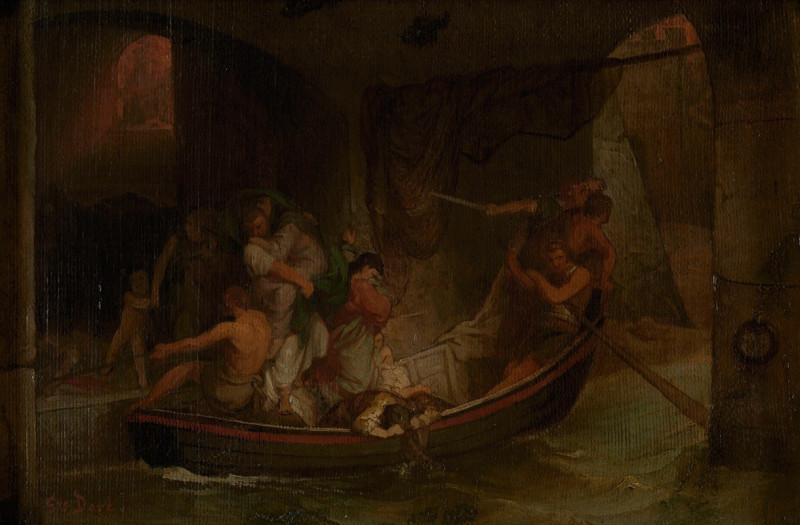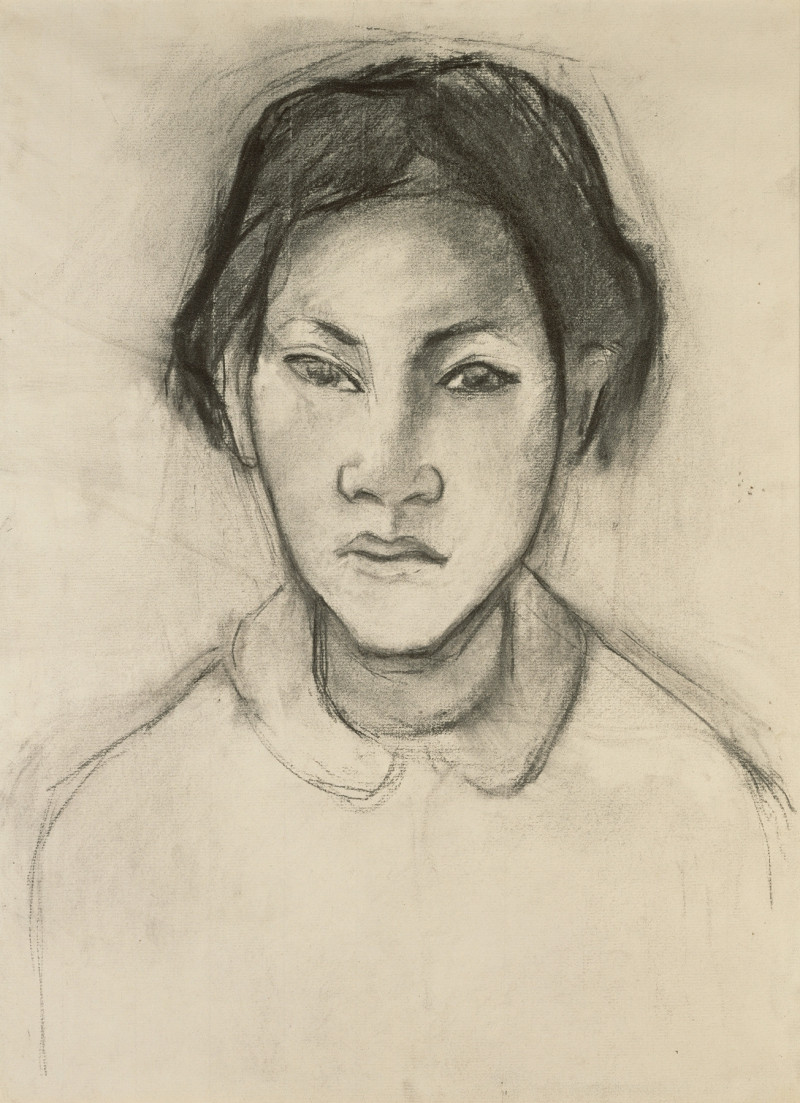Portrait de Charles Philipon (1800-1862), dessinateur et journaliste (1860)
Technique: Giclée quality print
Recommended by our customers
More about this artwork
Welcome to a glimpse into the past through the masterful brushwork of Gustave Doré, showcasing a compelling portrait of Charles Philipon, a notable French caricaturist and journalist of the 19th century. Titled "Portrait de Charles Philipon (1800-1862), dessinateur et journaliste," this work dates back to 1860 and is a testament to Doré’s finesse in portrait painting.In the portrait, Philipon is captured with striking realism. His expression, calm and introspective, reflects a mind accustomed to deep thought and creativity. His eyes, slightly downturned, and the mild furrow of his brows suggest a moment of contemplation or perhaps a brief respite from his usual satirical fervor. The gentle lighting accentuates the contours of his face and his white, wispy hair, providing a vivid contrast against the somber, dark background and his black attire.This painting not only immortalizes a man who was influential in the realms of political satire and journalism during a turbulent time in French history but also highlights Doré’s versatility and depth as an artist. The portrait’s detailed execution—from the subtle interplay of light and shadow to the realistic texture of the hair and skin—invites viewers to peer into a moment captured from the 19th century, connecting us with a personality who shaped public opinion and artistic expression in his time.
Delivery
Returns
Paul Gustave Louis Christophe Doré (6 January 1832 – 23 January 1883) was a French printmaker, illustrator, painter, comics artist, caricaturist, and sculptor. He is best known for his prolific output of wood-engravings illustrating classic literature, especially those for the Vulgate Bible and Dante's Divine Comedy. These achieved great international success, and he became renowned for printmaking, although his role was normally as the designer only; at the height of his career some 40 block-cutters were employed to cut his drawings onto the wooden printing blocks, usually also signing the image.














































